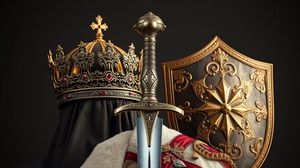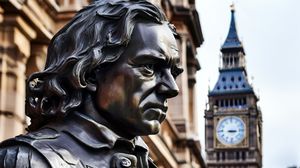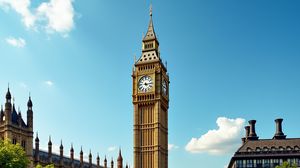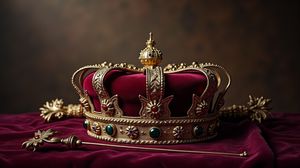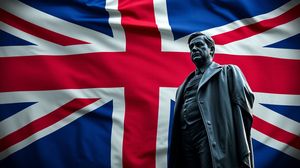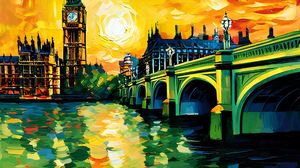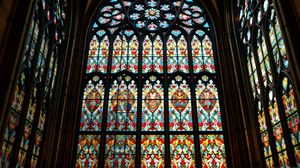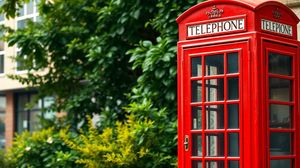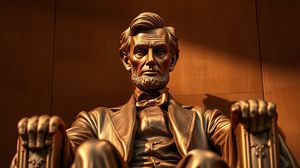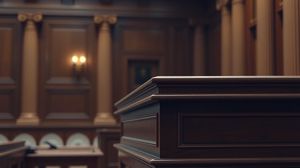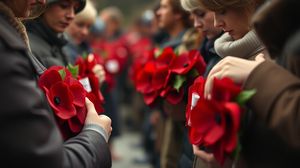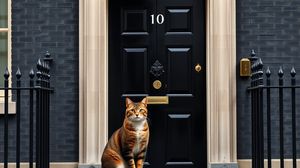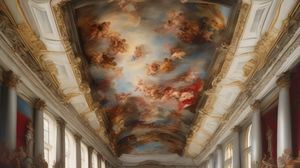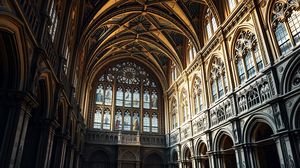
The Houses of Parliament, also known as the Palace of Westminster, is the heart of British political life. Located on the banks of the River Thames in London, this iconic building is the meeting place for the two houses of the Parliament of the United Kingdom, the House of Commons and the House of Lords.
The architectural design of the Houses of Parliament is an example of Gothic Revival, with intricate carvings and majestic towers, most notably the Clock Tower, now called the Elizabeth Tower, which houses the world-famous Big Ben bell. The Palace stands on the site of a medieval palace and was designed by Sir Charles Barry after the original palace was destroyed by fire in 1834.
One peculiar fact about the Palace of Westminster is that it actually leans slightly to the northwest as it was constructed on marshy land next to the Thames. The building sits on a foundation of timber piles and has been gradually sinking over the years, making it an engineering marvel in how it has been maintained.
Visitors to the Houses of Parliament may be surprised to learn that the building houses more than 1,000 rooms connected by 3 miles of corridors. Despite its grandeur on the outside, the interior is an intricate maze that has evolved with additions and renovations through centuries.
The House of Commons chamber, often regarded as the heart of British democracy, is deliberately modest in size, designed to reflect the egalitarian principles of the country. In fact, it is notoriously small for the number of MPs, and there are not enough seats for all members, creating a dynamic and sometimes boisterous atmosphere during debates.
One of the Palace's longstanding traditions is the Queen's Speech, delivered during the State Opening of Parliament. This event has continued since the 16th century and marks the formal start of the parliamentary year, although the speech is written by ministers and reflects the government's agenda.
A fascinating hidden feature of the Palace is the centuries-old tradition of "Black Rod," an official who knocks on the doors of the House of Commons to summon MPs to hear the Queen's Speech. The door is symbolically slammed in Black Rod's face, representing the Commons' independence from the monarchy.
The Palace has been a UNESCO World Heritage site since 1987, recognized for its outstanding universal value and as a significant symbol of parliamentary democracy. Additionally, it is a Grade I listed building, highlighting its architectural and historic significance.

Making the Most of Your Visit:
Make sure you visit Westminster Hall, the oldest part of the Palace of Westminster, dating back to 1097. Its vast medieval architecture is truly awe-inspiring, and it has been the venue for many significant historical events, including the trials of Guy Fawkes and King Charles I.
Keep an eye out for the remarkable statues and memorials. From statues of political figures to commemorations of war heroes in the Central Lobby, these artworks provide a deeper insight into the UK's rich history.
Don't miss the opportunity to watch debates or committees in action if Parliament is in session. It's a unique experience to see democracy at work, and it provides a firsthand look into the UK's political process. Be sure to check the schedule in advance!
Notice the small details, like the Speaker's Procession and the many ceremonial practices that take place in the House of Commons and House of Lords. These traditions offer a glimpse into the long-standing customs that define British parliamentary proceedings.
A hidden gem within the Palace is the 19th-century frescoes located in the Robing Room and the Royal Gallery. Painted by Daniel Maclise and others, these artworks depict scenes from British history and add an element of storytelling to your visit.

Visiting Times & Costs:
The Houses of Parliament, or the Palace of Westminster, is typically open to the public at certain times of the year. UK residents can take advantage of guided tours, while international visitors can often book tours during specific times when Parliament is not in session. This usually includes weekends and parliamentary recess periods, such as the summer recess.
The cost of tours varies depending on the type of tour selected. Guided tours, which include access to parts of the Palace like Westminster Hall and the Central Lobby, typically have a ticket fee. Prices can vary for adults, concessions, and children, so it is advisable to check the latest pricing and availability in advance.
Entry to watch debates or committee sessions is free for both UK residents and international visitors, but seating is limited and is offered on a first-come, first-served basis. This opportunity is usually available when Parliament is in session.
Accessibility is a key consideration at the Houses of Parliament. The Palace of Westminster is equipped with step-free entrances, accessible viewing areas, and facilities for those with disabilities. However, as the building is historic and has areas with limited access, visitors with specific needs are encouraged to make appropriate arrangements in advance to ensure a smooth visit.

Address & Map:

Nearby:

